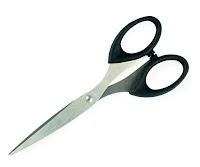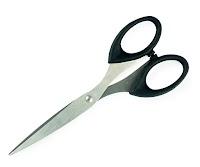Myths about teaching can hold you back
- Year 3
Developing design ideas further, using understanding of mechanisms
In this lesson, we will continue to develop our design ideas. We will learn how to label and annotate our ideas, explaining how it is suitable for our intended users, and how the mechanisms will work. This lesson includes equipment beyond pen, paper or pencil. Please make sure your child is adequately supervised.
- Year 3
Developing design ideas further, using understanding of mechanisms
In this lesson, we will continue to develop our design ideas. We will learn how to label and annotate our ideas, explaining how it is suitable for our intended users, and how the mechanisms will work. This lesson includes equipment beyond pen, paper or pencil. Please make sure your child is adequately supervised.
These resources were made for remote use during the pandemic, not classroom teaching.
Switch to our new teaching resources now - designed by teachers and leading subject experts, and tested in classrooms.
Lesson details
Key learning points
- indicate the design features of their products that will appeal to intended users
- explain how particular parts of their products work
- use annotated sketches to develop and communicate their ideas
Equipment
Card, paper, masking tape, paper fasteners, glue stick, scissors
Content guidance
- Equipment requiring safe usage.
Supervision
Adult supervision recommended
Licence
6 Questions
Q1.What does being persuasive mean?
Q2.What is a prototype?
Q3.Why is it important to produce a prototype?
Q4.What part of the scissors are the levers?

Q5.What is an mechanical system?
Q6.What is a lever?
7 Questions
Q1.What is a fixed pivot?
Q2.What part of the scissors is the pivot?


